Shin splint
Table of Contents
What is Shin Splint?
The word “shin splints” means pain along the inner side of the shin bone (tibia) — the largest bone in the front of the lower leg. Medically it is termed medial tibial stress syndrome.
It is an inflammation of the muscle, tendons, and bone tissue around the tibia. Generally, it occurs between the lower leg and ankle.
Shin splints occur when the muscles of the leg and bones in the lower part of the leg pull and jerk at their insertion on the shin bone (the tibia) or due to repeated activity or increased stress on the tibia and it becomes inflamed (irritated, redden, and swollen) and painful.
It typically develops after more physical activity such as running in athletes, any sports activity, military members, dancers, gymnastics, and people with osteoporosis also have a higher chance.
It is a very common overuse injury in the leg.
What are the Causes of Shin splint?
The following are the causes of shin splints:
- Shin splints normally occur due to repeated and overload injury. Frequent, repetitive pressure from running, walking and jumping can cause the shin bone to become inflamed (swollen, redden, or irritated) and weakened.
- Shin splints develop from repeated stress to the shin bone in which there is pulling and tugging of the muscles and connective tissues in the lower leg.
- Any person who started a new exercise routine or accelerates their sport activity too quickly or the person who started exercise for weight loss may be prone to developing shin splints.
- In general, shin splints develop muscle and tissue overworked by repeated activity.
- It often occurs after sudden changes in physical activity. These changes can be in frequency, such as increasing the number of days you exercise each week, Changes in the duration and intensity, such as running more distances compared to daily running or on hills can also cause shin splints.
Any person can get a shin splint but certain peoples have a higher chance of developing these conditions. Higher risk factors that can cause shin splints to include:
- Having foot flat or abnormally rigid foot arches
- Exercising with improper or worn-out footwear
- Do not wear proper shoes
- Weak ankle, hip, or core muscle
- Overweight person
- Excessive tight calf muscle
- Runners are at the highest risk, especially who run on uneven surfaces or suddenly increase their protocol.
- Dancers
- A military person who marches or walks a lot.
- Walking long distance
- Anyone who has a deficiency of Vitamin D and an eating disorder
- A person with osteoporosis may have already weak bones.
Signs and symptoms:
The most common symptom of shin splints is pain in the lower leg. The pain can vary from mild to severe. Pain from shin splints can:
- Commonly seen on the inner lower part of the leg or front of the shin bone.
- Start off as come-and-go discomfort with activity and progressed to a steady and persistent pain even after the activity has ended
- Pain like a sharp, razor-like, or dull ache and throbbing in front of the leg
- Get worse after activity.
- Be aggravated or increase by touching the sore spot
- Pain decrease at rest
- Mild to moderate swelling in the area may also occur.
- Women are more likely to progress to stress fractures from shin splints. Because women have a higher incidence of diminished bone density and osteoporosis.
Diagnosis:
Doctors diagnose shin splints by knowing a thorough history and by examining the patient. The doctor will look at the patient’s gait, and how they walk, examining the lower leg, ankle, and foot. A complete examination will involve moving the ankle and foot around, and feeling for tenderness along the bone. Standing a long time on the painful leg or hopping on the affected leg may help to diagnose if shin splints or a stress fracture may be present.
To rule out a stress fracture, the doctor diagnoses in the following ways:
- X-ray
- Bone scan
- MRI (Magnetic resonance imaging)
- indications: identify other soft tissue injuries
- findings: periosteal edema
- progressive marrow involvement
- shows the high signal bright area around the tibia as signs of shin splint
- On physical examination, gentle or local pressure over the tibia will redevelop the type of pain experienced. Generally, more than a 5 cm length of the tibia is involved for examination. Swelling, redness, or decreased pulses in addition to the symptoms of shin splints indicate a different underlying cause.
Treatment of Shin Splint:
Nonsurgical Treatment
Medications: Nonsteroidal anti-inflammatory medicines(NSAIDs). Drugs like ibuprofen, aspirin, acetaminophen, and naproxen reduce pain and swelling.
The RICE method is the best way to treat shin splints at home. It includes:
Rest: It is the best way to reduce pain. Because shin splints are generally caused by overuse. Treatment includes several weeks of rest from the activity that causing the pain.
Don’t rest too much, and don’t stop all activity, just those that cause you shin pain or that pound your legs hard. For exercise, replace exercise with low-impact aerobic activities such as:
- swimming
- stationary cycling
- Walking
- Water walking
- Exercise on elliptical machines
When your pain has improved, decreased, or stopped, ease back into your daily activity or exercise routine. For example, if you run on soft ground or grass and start out for shorter periods, avoid long distances. Gradually increase your exercise time.
Ice: Use cold or ice packs for 15-20 minutes at a time, 4-8 times a day so pain reduces. Apply ice cover with a towel, do not apply ice directly to the skin.
Compression: Wearing an elastic compression bandage in the calf muscle may prevent additional swelling and inflammation
Elevation: When you’re icing your shins, try elevating (keeping your leg up) them on a pillow or chair to reduce inflammation further. Elevation should be higher than the heart level
- Flexibility exercises. Stretching your lower leg muscles may make your shins feel better and may reduce tightness and pain. Stretching of various muscles in the leg.
- Supportive shoes. Wearing shoes with good cushioning during daily activities will help to reduce stress or load on shins.
Return to exercise: Shin splints usually resolve with rest and the simple conservative treatments described above. Before returning to exercise, the patient should be pain-free for at least 2 weeks. Keep in mind that, when returning to exercise, the patient must start a routine at a lower level of intensity. Not exercising with the same speed and intensity as before the injury
Be sure to warm up and stretch thoroughly before starting the exercise. Increase training slowly. If you start to feel the same pain, then do not continue, stop exercising immediately. Use an ice pack and rest for 1-2 days. Return to workout again at a lower level of intensity. Increase training even more slowly than before.
Surgical Treatment:
some people need surgery for shin splints if conservative treatment not works. Surgery has been done in very severe cases that do not respond to nonsurgical treatment. a doctor may suggest surgery to the patient to relieve pain. It is not clear how effective surgery is, however surgery is called a fasciotomy.
In a procedure termed fasciotomy, the surgeon makes small cuts in the fascia tissue around the calf muscles to release calf muscle tightness. In some cases, surgery may include burning off (cauterizing) a ridge of the tibia.
Commonly you may need to see a physiotherapy doctor or exercise physiologist who can supervise the recovery safely especially if you lead a very active life or after surgery.
If you have a stress fracture, it is usually treated with a brace, not surgery.
Physiotherapy treatment:
Patient education about the condition and a graded loading exposure program seems the most logical treatments. Conservative therapy should initially aim to correct functional gait and biomechanical overload factors.
The main goals of treatment are pain relief and back to pain‑free activities.
Acute phase(0-3 days)
- Rest combined with medication to improve the symptoms and for a quick and safe return after a period of rest.
- NSAIDs and Acetaminophen are often used for analgesia.
- Also, cryotherapy with Ice-packs and eventually analgesic gels can be used after exercise for a period of 10-20 minutes.
- Isometrics exercise, massage to the area to decrease swelling
- There are various physical therapy modalities to use in the acute phase. These therapies such as ultrasound, soft tissue mobilization, and electrical stimulation may be effective.
- A corticoid injection is given to reduce the pain, but only in connection with rest, if rest not include then it can affect healthy tissue so it is contraindicated also.
- Prolonged rest is not ideal for an athlete.
Subacute phase(Day 4 – Week 6)
- The aim of the treatment is to modify training conditions and address eventual biomechanical abnormalities. Change of training conditions such as decreased running distance, intensity, and frequency and intensity by 50%. It is advised the patient avoid high hills and uneven surfaces.
- Modalities continue to decrease inflammation.
- During the rehabilitation period, the patient can do low-impact and cross-training exercises like running on a hydro-gym machine, water running, cycling
- After a few weeks, athletes, and military men may slowly increase training intensity and duration and add sport-specific activities, and hill running to their rehabilitation program as long as they remain pain-free.

- A stretching followed by a strengthening (eccentric) calf exercise program can be introduced to prevent muscle fatigue.
-Stretching includes Seated shin stretch, Soleus muscle stretch, gastrocnemius stretch, calf raises, and foam roll.
-Strengthening: Patients may also benefit from strengthening the core, hip, and knee muscles. Developing core stability with strong abdominal, gluteal, and hip muscles can improve running mechanics, increase strength and prevent lower-extremity overuse injuries. - Proprioceptive balance training is important in neuromuscular education. This can be done with a one-legged stand or balance board activities. Improved proprioception will increase the efficiency of the ankle joint and postural-stabilizing muscles and help the body react to running on uneven surfaces, also key in preventing re-injury.
- In case of biomechanical problems of the foot, individuals may get benefit from orthotics. Shoe inserts can help to keep aligned and stabilize the foot and ankle, taking stress off of the lower leg. Orthotics can be custom-made for the foot. An orthosis (flexible or semi-rigid) can help with excessive foot pronation and pes planus. In several cases, a cast or a pneumatic brace can be necessary.
- Manual therapy can be used to control several biomechanical abnormalities of the spine, the Sacroiliac joint, and other muscle imbalances. They are often used to prevent relapsing from any old injury.
- There is also acupuncture, ultrasound therapy injections, and extracorporeal shock-wave therapy but their efficiency is not proved.
- Taping/Strapping –It may be used if thought necessary to restrict abnormal movement and prevent further damage.
- Aerobic fitness is started by cross-training activities such as sideboards, water running, and cycling.
- Emphasis on flexibility
- Theraband exercise

- Choosing good and proper shoes with good shock absorption can help to prevent a new or re-injury. Therefore it is important for athletes to change their shoes every 250-500 miles, a distance at which most shoes lose up to 40% of their shock-absorbing capabilities.
Week 7:
Return to Sport stage shin splints treatment:
- Running started once the pain has decreased or resolved.
- Warm-up and stretching of joints.
- Initially avoid running on uneven surfaces.
- Attention: first directed to reestablishing distance, followed by speed.
- Antipronation orthotics for patients with MTSS or low dye taping.
Prevention:
You may be able to prevent or reduce the risk of shin splints by following the steps given below:
- Wear properly fitted and appropriate athletic shoes: Wearing appropriate and proper shoes for your sport can help prevent shin splints. For eg., shoes that provide good support for playing tennis may not provide the right support for running.
- If you have high arches or flat feet, you might need inserts, too, to support arches.
- Replace your shoes often: If a runner, then they should get new shoes every 350 to 500 miles of wear.
- Gradually build up your fitness level: Increase your mileage or amount of physical activity slowly each week not once a time. That can help strengthen and loosen up your muscles which were tightened.
- Cross train. Varying movements can prevent shin splints. Try to take a break from your normal routine with swimming, biking, or yoga a few times a week.
- Try shock-absorbing insoles: Insoles in shoes may reduce the impact on your shin during exercise.
- Stretching: Stretching of muscle before exercising for warm-up.
Outlook:
Shin splints are not a permanent condition. You should be able to ease pain from shin splints with the RICE method(rest, ice, compression, and elevation of leg), change the amount of exercise you are doing regularly, and make sure to wear supportive footwear. If your shin splints do not go away over a long period of time, You may need to be tested for stress fractures or other conditions that could be causing the pain. Preventing shin splints from returning may require an evaluation of your diet, footwear, exercise stretching, and flexibility.
The majority of people who have suffered from shin splints recover after taking time off from sports and activities and getting treatment with medicine and physical treatment.
Physical treatment includes pain modalities, exercise, stretching, and strengthening. Shin splints often go away once the legs have had time to heal and recover, usually in three to four weeks. Most people can start an exercise program after their legs have healed. Stress fracture takes longer to recover, so it is best to have shin splints treated early.
FAQs:
How do I relieve Shin Splints?
Things you can do to reduce pain includes:
Ice your shins: Icing on the ankle several times a day for 3 days or until the pain is gone.
Stretching: Do stretching exercises, especially over the front part of the shin to reduce tightness.
Medicines: Take medicine such as ibuprofen, acetaminophen, naproxen, or aspirin to decrease swelling and reduce pain.…
Orthotics: Use arch supports. …
Work with a physical therapist.What shin splint feel like?
If you have shin splints, a patient might notice tenderness, soreness, or pain along the inner side of your shinbone and mild swelling in the lower leg. At first, the pain might stop when you stop exercising or doing the movement. Eventually, however, the pain can be continuous and it might progress to a stress reaction or stress fracture.
Do shin splints heal themselves?
Most shin splints will heal on their own without taking medicine. Rest for at least three days (no running), ice the area for 15-20 minutes four or five times a day until the pain subsides, and wear compression stockings to reduce swelling. After three days of rest, you can slowly get back to your training schedule.
How long do shin splints last usually?
Shin splints often go away once the legs have taken time to heal, usually in 3-4 weeks. Most people can begin an exercise program after their legs have healed properly. Stress fracture takes longer to recover, so it is best to have shin splints treated early.
Can stretching get rid of a shin splint?
Stretching is an important element in alleviating the symptoms of shin splints as well as avoiding stress fractures. Without gradual training and building up of muscles, as you increase their activity and mileage, these muscles start to break down so start with mild stretching for warm-up.


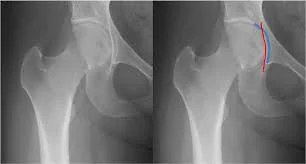
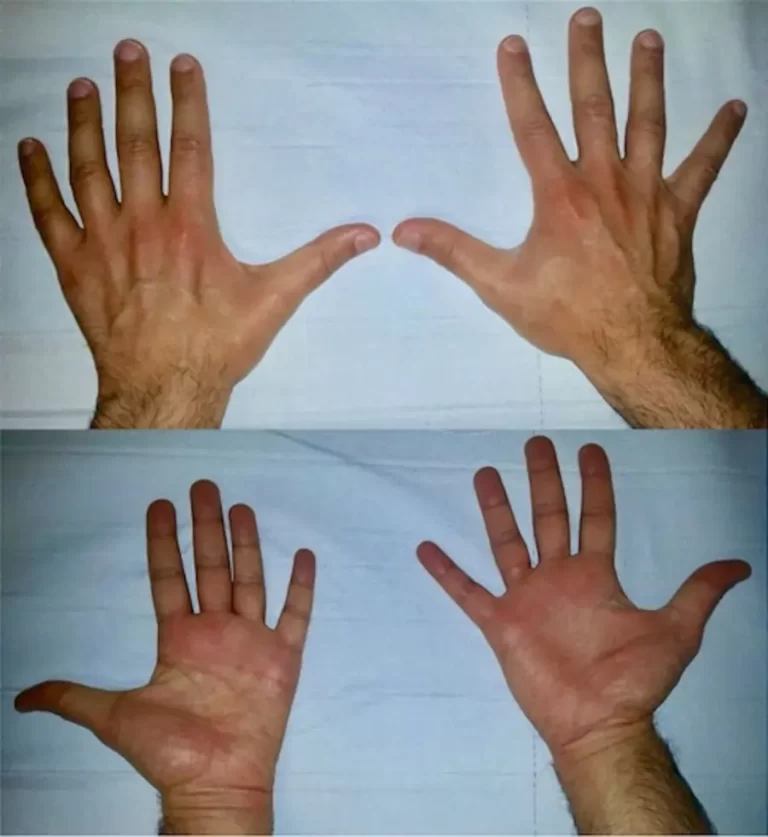
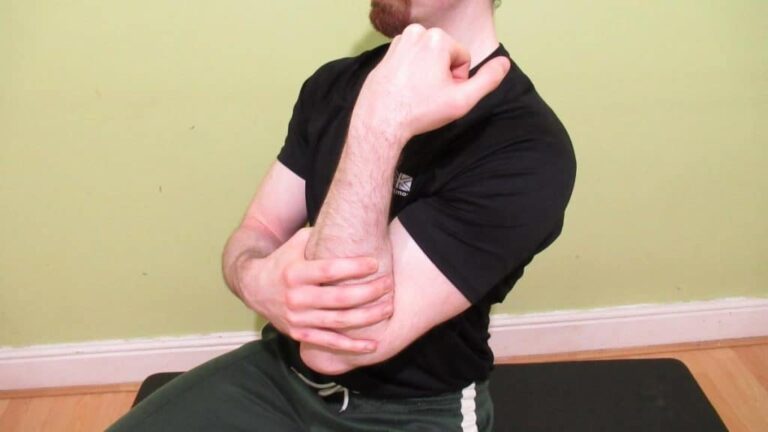
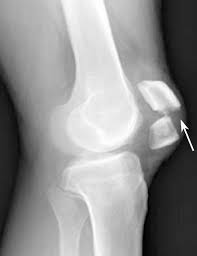
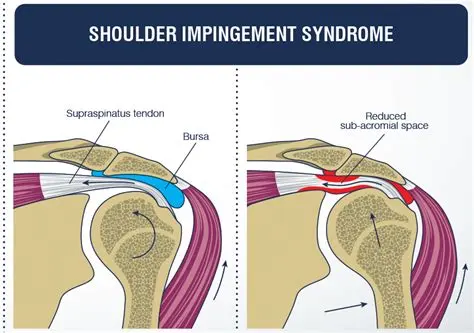

5 Comments